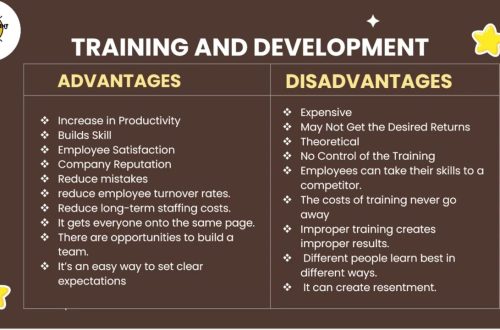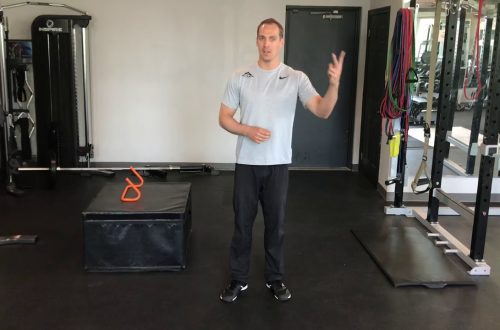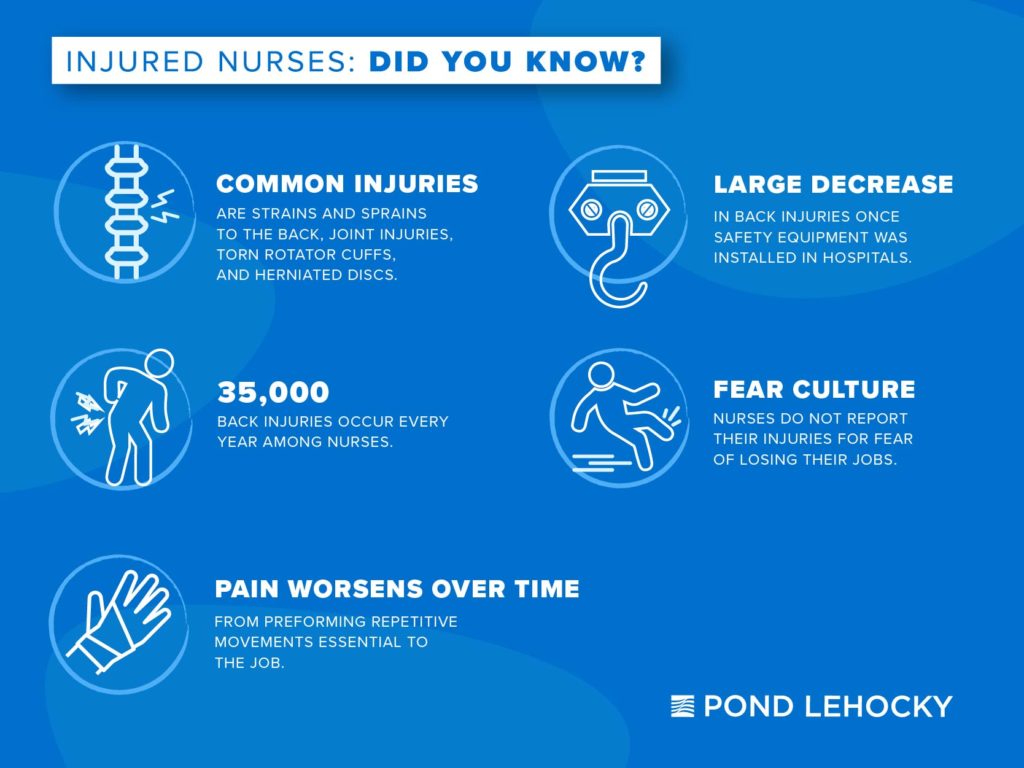
Schenkel and its use – what do the various terms tell us?
Schenkel and its use – what do the various terms tell us?
I was prompted to write this article by a skirmish in one of the horse chats. There was an article discussing how to get the horse to move “in front of the leg.” The chat participants argued whether the author was right or not.
After reading the article, I realized that the dispute arose mainly due to confusion in the use of terms. People often use different terms to refer to the same phenomenon, often they use one term, putting different shades of meaning into it. In this case, the terms “horse moving forward” and moving “in front of the leg” “collided”.
The first thing a young horse learns about a rider’s legs is that if he moves forward when he feels equal pressure from both legs at the same time, the rider releases the pressure and it disappears. This pressure can be described as a squeeze, push, or tapping, but in any case it means “the lightest pressure that the horse can understand.” Releasing this pressure is a reward for the horse. We are looking for a specific answer – we do not need details in the form of a certain speed of movement or a certain frame that the horse’s body takes. Coaches refer to this basic understanding as “moving forward” or “moving away from the foot” or “forward from the foot” or “respect for the foot” or other similar terms.
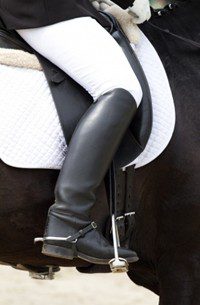
As the horse progresses from this basic, “baby” concept of pressure to higher levels of training, the rider adds nuance until the horse begins to understand the individual meaning of each leg pressure variation across their wide range. However, at every level of training, the main response we expect when we apply both leg pressure at the same time is an immediate “horse forward.”
“Moving forward from the leg” is a harbinger of “moving in front of the leg.” I think the term was confusing in the chat because it didn’t accurately describe the reaction of the horse that the author of the article wanted to write about.
When it comes to a horse moving in front of the leg, I prefer to describe it as the sensation of the rider, which is “the horse moving forward into the rider’s hand” or “moving forward into contact with the rider”. The rider closes the leg and the horse responds by pushing off the hindquarters, lifting the back, rounding the neck and making contact with the hand, thus completing the circle of controls.
The “forward to contact” movement is a far more complex response not only to the leg, but to the combination of leg, seat, and hand action, than the simple “leg respect” of a young horse. When I close my legs on a more experienced horse, I want him to do more than just go forward. I want her to step deeply under her hind legs and push off the ground vigorously, giving her body a special shape, facilitating the transfer of energy to my hands holding the reins.
In the early stages of training, the combination of leg, seat, and hand action seems like mixed signals to the horse. I say “GO” with my legs and “KEEP YOUR FORWARD ENERGY ON THE SNIPPLE” with my seat. My goal is that when the horse feels this seeming contradiction, he will step under the body with his hind legs deeper than with a simple squeezing of the legs, engage the abdominal muscles to raise the back and withers and allow the impulse from the hindquarters to flow, due to the presence of connection, into my hands through the reins.
Some riders try to ride the horse “in contact” faster, but not more impulsively.
By adding pressure with the legs, without refining it with the seat and rein signals, we are only asking the horse to move forward faster. Forward is just a direction, not a connection with the hands. Horses cannot move forward faster and reach contact, and the rider cannot “take” the horse’s momentum by simply pulling on the reins. Contact begins with a powerful impulse from the hindquarters, which moves through the body of the horse in such a way that the rider has the opportunity to “take” it in his hands, accumulate and direct.
The existence of various systems for using the leg also caused controversy: hitting, tapping, squeezing, “iron leg”, light leg, leg lying at the side constantly, leg that does not touch the side until it is applied, leg work every step, one-time leg, – this list can be continued for a long time.
“How can I use my leg?” one chat participant complained.
Unfortunately, there is no simple formula that fits every situation. How a rider uses the foot or other “forward” controls depends on several factors. Here I will discuss two of these factors:
1. The level of training of the horse
и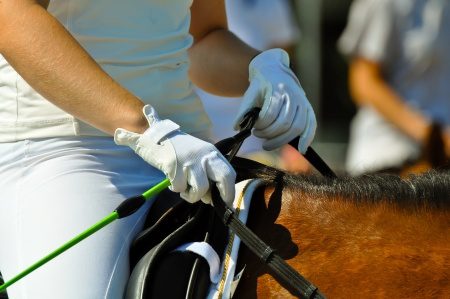
I try to teach my students to first SHOW the horse what they want from him. In the next step, they can ASK for what they want. When the horse consistently gives them what they ask for, they can then SAY what they want and expect a response. If the horse does not respond, only then will it be fair to increase the signal. The rider provides forward movement with the level of pressure required to get the response. This can be more leg pressure, touching or pushing with the whip along with the leg. Spurs, by the way, are not included in the list of aids for moving forward. They are used to encourage hindquarters connection (this is the first step in assembly).
The rider starts with the least amount of leg pressure and increases the pressure until the horse is moving forward. The rider monitors the horse’s response and changes the level of stimulation based on the horse’s response. The next time the rider does not start moving forward from the whip, as the whip was exactly the means to which the response was received. If the whip is used again, it will become the “forward” control for this horse. The goal is to help the horse respect the least amount of leg pressure.
2. Horse temperament
The pressure of the leg should make sense to the horse. It should be part of the vocabulary used by both horse and rider to communicate with each other.
A hot horse that doesn’t need a leg to move forward—just soften the reins—must learn to let the rider use the leg. When the horse is running away from the leg, it can go forward, but the rider will be unable to get the connection and momentum from the hindquarters and connect the hindquarters to the front over the back. However, as training progresses, the rider creates a leg corridor that helps this type of horse to relax and trust the rider’s legs.
At the other end of the spectrum is a calm horse that ignores a foot that constantly thumps or constantly squeezes its flanks. This horse is more likely to pay attention to the foot, which will turn on and tap unsteadily. Such a horse ignores the constant pressure of the leg and starts to walk away from him more and more slowly.
When a rider gets confused in terminology, he should ask his trainer or instructor to explain how a certain word or phrase is used. Good instructors know how to explain the same phenomenon in different ways that suit different learning styles.
If a rider encounters a use of a term in an article or book that in his understanding contradicts how it is used by the author, he should look for a definition from the author or try to extract the meaning from the context. Different disciplines of riding and different institutions within individual disciplines often use the same or similar terms with different meanings. Don’t let this confuse you. Just keep learning.
Nancy Vesolek-Sturrlett (source); translation by Valeria Smirnova.




